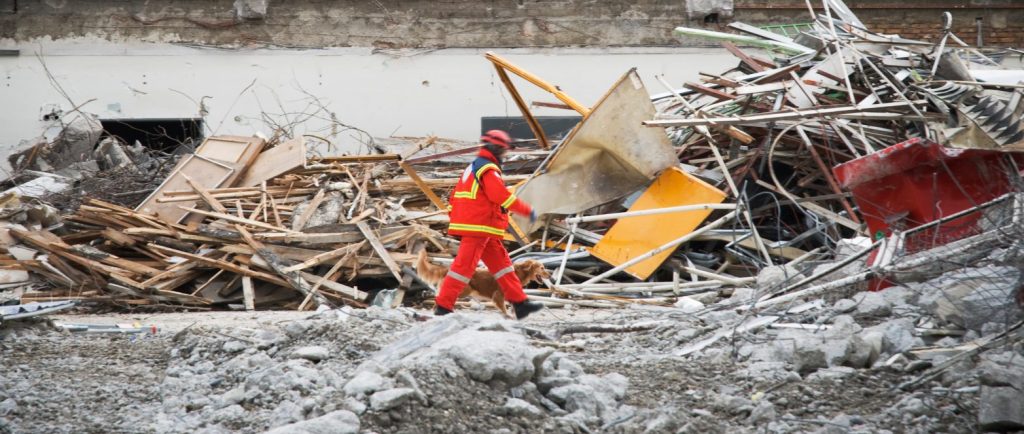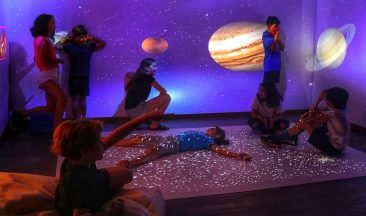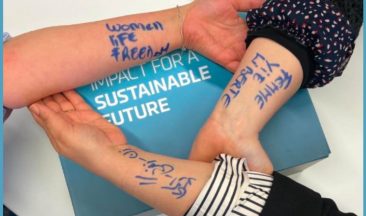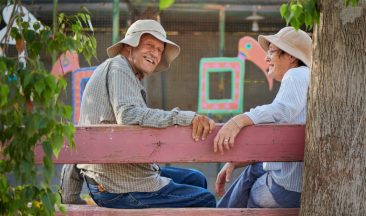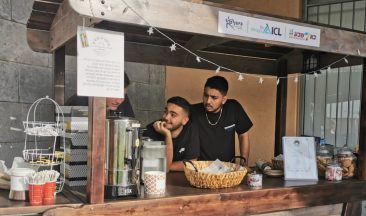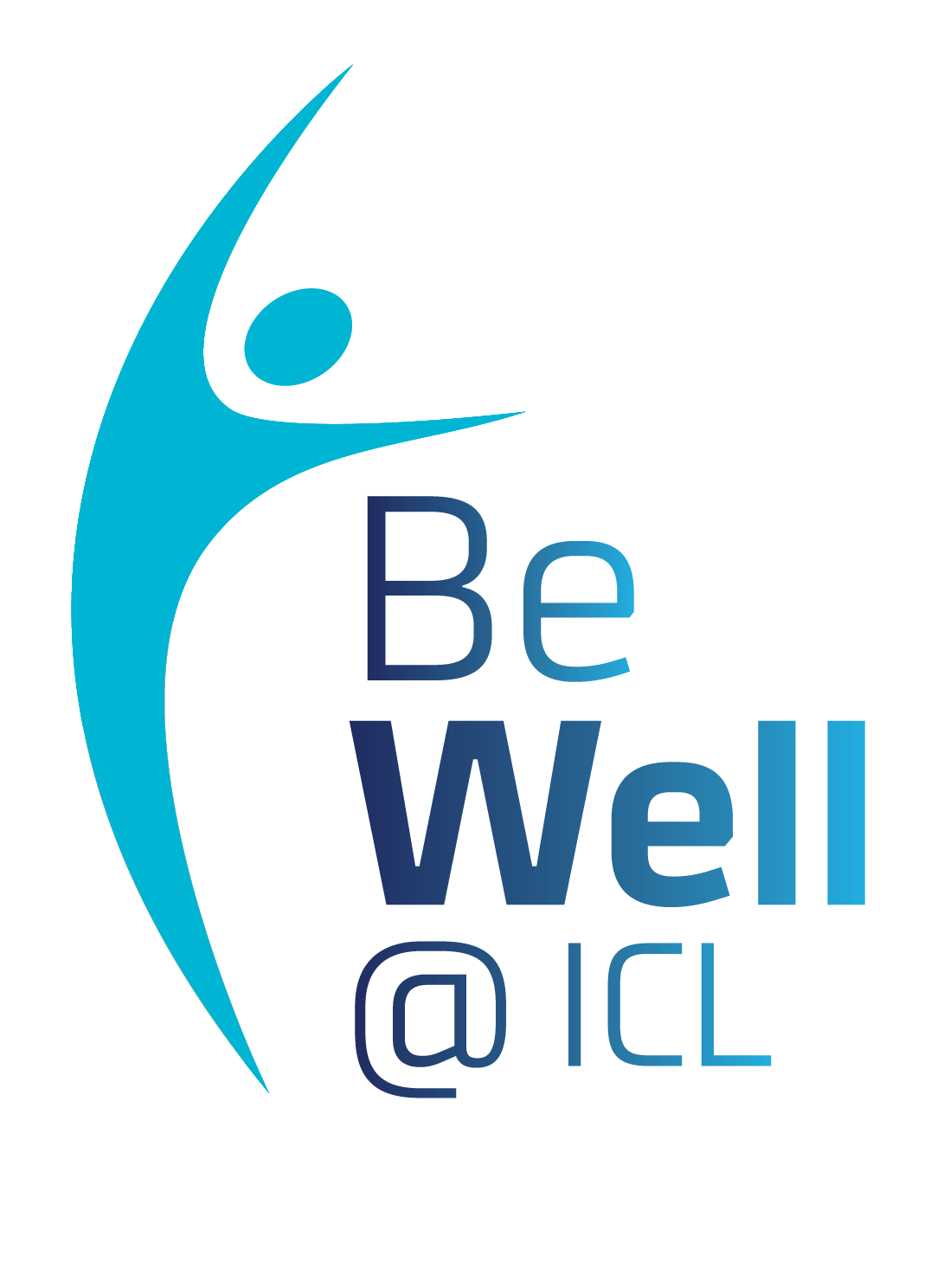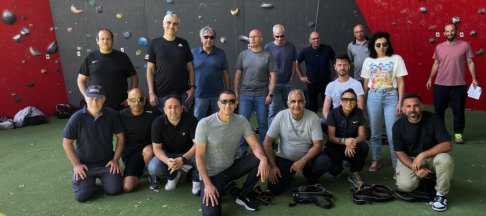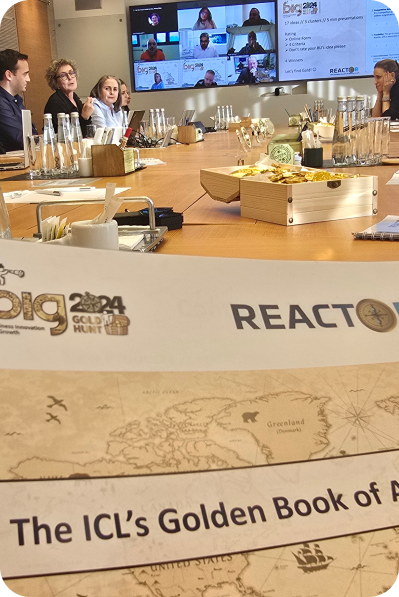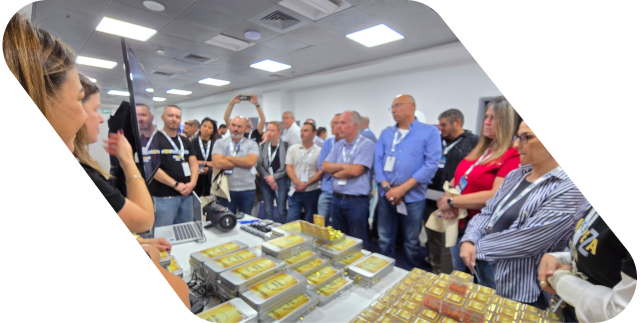The ICL Dead Sea Rescue Team was established to help rescue employees in case of an earthquake in the area. Today, the unit’s members volunteer to help in complex rescue missions overseas as well.
April 26, 2018 was a stormy day which started with heavy rain throughout Israel’s southern area and ended with tears. Floods blocked roads, destroyed infrastructure and risked the lives of many. During the day, it became known that a group of teens had disappeared in one of the streams in the area. “I received a request for assistance from the Israeli army and police, and responded immediately. We started performing scans and other actions in the area,” says Lieutenant Colonel (ret.) Yair Vaknin, Head of Security and Head of the ICL’s Dead Sea site’s rescue unit, which is part of an array of rescue teams created by ICL.
“Our members specialize in rescuing people from earthquakes, but can assist in many other events. We opened traffic routes with various mechanical engineering equipment which belongs to the Dead Sea site. During the day, a bus with 40 ICL employees was carried away by a flood and nearly toppled over but was safely rescued by the first-responding rescue teams which arrived at the spot.”

ICL Dead Sea’s rescue unit has 81 men and women, all of whom are company employees who volunteer to serve in it. “We live in a geographically-complex area, on top of Africa’s earthquake-prone Great Rift Valley,” Yair says, explaining the reason for the creation of the unit in 2010. “ICL’s management realized that in case of an earthquake, the Dead Sea site would be at a lower priority for assistance because of its geographic distance, and because most of the rescue and assistance efforts would be turned to places of settlement which are nearer to the earthquake’s epicenter. Therefore, it decided to create a professional rescue unit populated by volunteers who will save lives in the site’s area.”
The unit is divided into two sections, each with two teams that operate during routine and emergency times. It is the biggest unit in the rescue array established by ICL Its members have already participated in rescue and extraction missions in disaster areas in Mexico, Italy and Haiti, as part of rescue missions organized by different rescue bodies.
“The Mexicans in the disaster area cried, ‘Silencio,’ and stood silently”
Adva Sheratzki, HR manager at ICL and a volunteer at the rescue unit, will never forget the month of September 2017. The ground shook in Mexico, and a short time after, the unit prepared for the rescue. “At 8:42 a.m. we received a message that a rescue mission was being organized by “Magen Rescue,” a company that gives our unit professional guidance, and that at 10:00 a.m. we would be notified as to who will be on it,” Adva tells us. “When the phone rang, my hands shook with emotion: We joined the mission. I am a mother of a young girl, and it was nearly the Jewish New Year’s Eve, so I had to get ready quickly. We were given a long list of equipment we had to bring with us to a flight taking off that night. It was a crazy day.”
Adva, who had visited Mexico in the past, landed in a totally different country than she remembered, a disaster-stricken country. “This time I saw Mexico with totally different eyes. Till then, I had only been in training situations, but this was the real thing. We arrived at Mexico City and did an evaluation of the situation. The Jewish community gave us great support in equipment and assistance. I was sent to assist in rescuing people from an eight-story building which had collapsed, and it was a difficult rescue. We dug in one direction, according to intuition and an analysis of the area, and suddenly we saw the tip of a man’s shoe. We continued carefully and found blood. I didn’t know whether the man was dead or alive. The rest of the units joined in because he was trapped under a beam we couldn’t move. The Mexicans helped all the time and cleared rocks and debris. Sadly, in the end, we discovered the man was dead and recovered his body. At that moment, hundreds of Mexicans shouted, ‘Silencio,’ and stood silently while the body was being taken away. It was a very powerful experience. The collaboration with the Mexicans was amazing and it was a privilege to be part of it.”
Read more:
Uncompromising professionalism and volunteer spirit
Joining the unit begins with a personal interview, followed by a recruitment process which includes an intense rescue course taken in a unique facility. During the course, volunteers learn how to plan and perform a rescue, which tools to use in view of the situation in the field, and more. The volunteers go through first aid training as well. During the last night of the course, the volunteers go through the significant step of a finishing drill that requires them to make use of everything they have learned during the course, in a facility which simulates a disaster area, built especially for the training. Graduates of the course must also go through medical fitness tests and obtain insurance coverage. After being officially designated as rescuers, the volunteers periodically go through more training to keep them fit for any mission.
“Recently we went through officer training, the goal of which was to combine operational training with elements of forging team spirit,” Yair says. “The officers and heads of teams received an assignment: To get to a collapsed building where cars were also placed, and identify and rescue dummies from a chaotic space that simulated people trapped under the building. We train in buildings demolished by contractors to make place for rebuilding. The Israeli army’s Home Front Command usually assigns such sites for the purpose of training for a few weeks.”
In routine times, ICL rescue teams operate according to an annual work plan that includes keeping all teams fit throughout the rescue team array. Some of the training takes place in a designated area inside the confines of the Dead Sea site. The focus in training there is on rescue and extraction out of industrial constructions rather than buildings, since most of ICL’s sites are actually made out of tubes and beams of iron and steel. “We train and practice different scenarios with a detailed drill plan and after receiving a safety briefing,” Yair explains.
The unit stand out because of its members, all are ICL employees. And there lies its strength — each of the members is a professional in their field, and the spirit of volunteering unites them all, creating a professional synergy. “Everyone in the unit has their own profession and we take advantage of their knowledge and experience in daily work,” stresses Yair. “Those who work as crane operators are also the unit’s crane operators. We have welders who are responsible for cutting iron parts and beams at the unit, and it also includes electricians, engineers, medics and others. The volunteering is designed in such a way as to not harm the day-to-day work. It is part of the work. Volunteering is an important value and the members of the unit fulfill this value out of their wish to help and save people. It isn’t trivial.”
